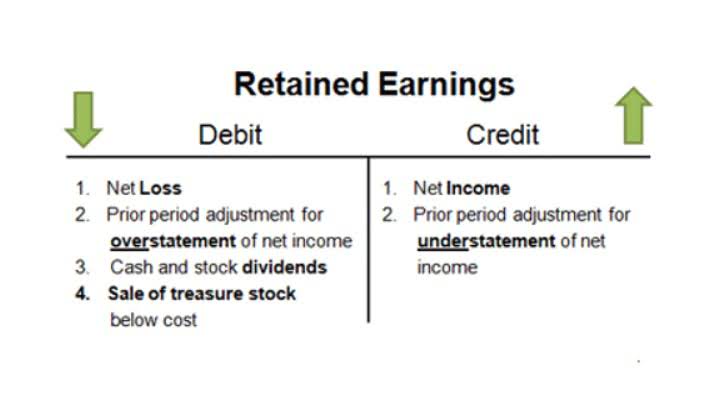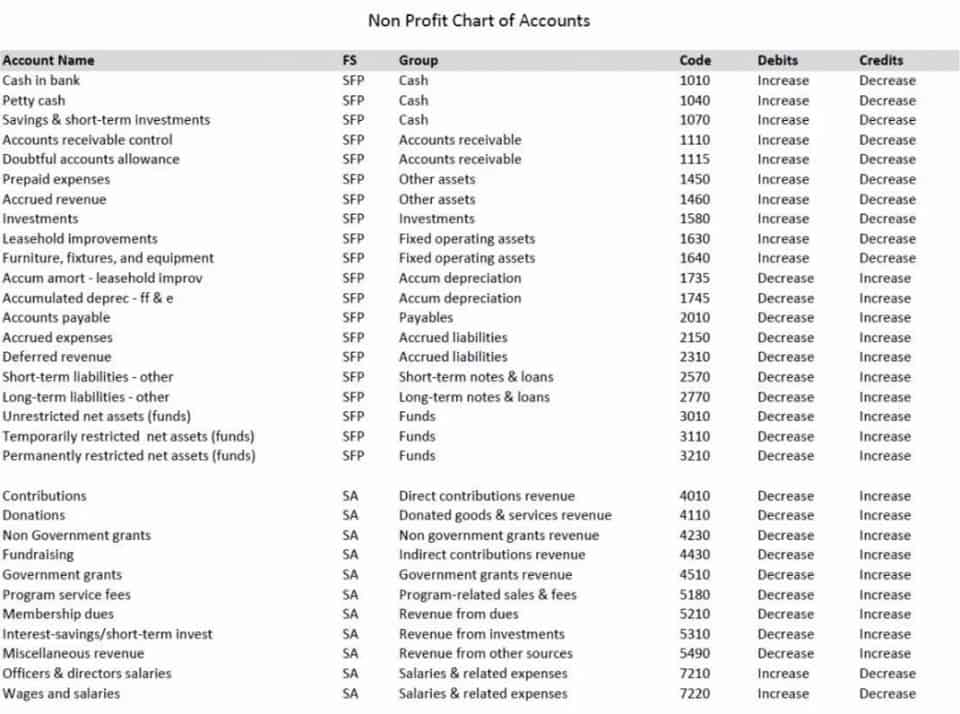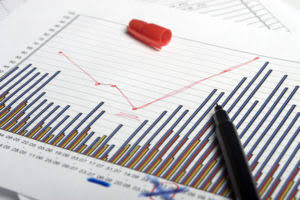
Recognizing and accurately reporting liabilities is essential for transparency and informed decision-making by stakeholders. This practice not only ensures compliance with regulatory standards but also provides insights into a company’s future cash flows and overall stability. In contrast, the table below lists examples of non-current liabilities on the balance sheet. Remember, while expenses might seem like the villains of your financial http://arrehabilitacion.com/accounting-bookkeeping-advisory-for-interior/ story, they’re just part of the journey.
- Here are some accounts and subaccounts you can use within asset, expense, liability, equity, and income accounts.
- The ability of the company to meet these obligations showcases the financial and strategic strength of the company.
- While related, they represent different aspects of a company’s financial activities and are not interchangeable.
- A quick definition of current assets is cash and assets that are expected to be converted to cash within one year of the balance sheet’s date.
- A short-term loan payable is an obligation usually in the form of a formal written promise to pay the principal amount within one year of the balance sheet date.
- Similarly, all non-current liabilities are aggregated, providing a total of long-term commitments.
Variable Expenses
Each project’s costs are accumulated separately and will be transferred to the appropriate property, plant, or equipment account when the asset is placed into service. At that point, the depreciation of the constructed asset will begin. The current asset prepaid expenses reports the amount of future expenses that the company had paid in advance and they have not yet expired (have not been used up).

What is an Example of a Liability?
Understanding how liabilities fit into this equation helps in assessing a company’s financial structure and its reliance HOA Accounting on borrowed funds. A company’s ability to maintain a healthy balance between its assets, liabilities, and equity is a key indicator of its financial stability and long-term viability. A liability is a present obligation of an entity to transfer economic benefits as a result of past transactions or events.
- Conversely, some expenditures initially create an asset that later becomes an expense.
- Examples include cash, accounts receivable, physical property like buildings and equipment, and inventory.
- Liabilities often appear on the balance sheet, affecting the company’s assets and equity, while expenses appear on the income statement, directly impacting net income.
- The balance in the general ledger account Allowance for Doubtful Accounts is an estimate of the amount in Accounts Receivable that the company anticipates will not be collected.
- In either case, recording of these expenses and liabilities appropriately is important as they impact profitability as well as financial position of the entity.
- Understand what you owe and its significance for financial assessment.
Other Liability Issues
Proper recognition and classification of these liabilities are essential for providing accurate and clear financial information to stakeholders. The total liabilities of a company are determined by adding up current and non-current liabilities. In accordance with GAAP, liabilities are typically measured at their fair value or amortized cost, depending on the specific financial instrument. Just as your debt ratios are important to lenders and investors looking at your company, your assets and liabilities will also be closely examined if you are intending to sell your company. Potential buyers will probably want to see a lower debt to capital ratio—something to keep in mind if you’re planning on selling your business in the future.
- Expenses can be categorized into various types, such as cost of goods sold, operating expenses, and non-operating expenses.
- Liabilities are incurred in order to fund the ongoing activities of a business.
- This financial obligation is recorded as a current liability on a company’s balance sheet, indicating amounts due within a short period.
- Liabilities are categorized based on their nature and the time frame within which they are expected to be settled.
- Liabilities represent what a business owes to outside parties, signifying future economic sacrifices arising from past transactions or events.
Notes To the Financial Statements
Similar to liabilities, stockholders’ equity can be thought of as claims to (and sources of) the corporation’s assets. The amount results from the timing of when the depreciation expense is reported. There are many different types of liabilities including accounts payable, payroll taxes payable, and bank notes. Basically, any money owed to an entity other than a company owner is listed on the balance sheet as a liability. Current liabilities are short-term financial obligations a business expects to settle within a year. These accounts are generated from day-to-day operations and are crucial for assessing a company’s short-term financial health.


Financial liabilities can be either long-term or short-term depending on whether you’ll be paying them off within a year. Let’s look at a historical example using AT&T’s (T) 2020 balance sheet. The current/short-term liabilities are separated from long-term/non-current liabilities. An expense is a cost that must be incurred by an entity so as to generate business revenue. In the course of their revenue generating activities, business entities would acquire some goods or utilize some services and the monetary outflow expended on them are the expenses of the entity. For example, a manufacturing entity would be required to pay rent to the owner of its factory building and wages to its workers so as to carry on its production activities.
These obligations arise from past transactions or events, and they require future sacrifices of economic benefits. Liabilities are a crucial component of the balance sheet, providing insights into an entity’s financial health and its ability to meet its short-term and long-term obligations. Liabilities and expenses differ fundamentally in their nature, timing, and financial statement impact, yet they often relate in a business’s operations. Liabilities are obligations owed to others, representing future sacrifices of economic benefits.
Assets, liabilities, and equity love to hang are expense accounts liabilities out on the balance sheet. Think of them as the VIPs at the financial party—showcasing what your company owns, what it owes, and what’s left over for you (that’s equity) after settling all the tabs. Modified cash-basis and accrual accounting use the same accounts, which are advanced accounts such as AP and long-term liabilities. Your income accounts track incoming money, both from operations and non-operations.
